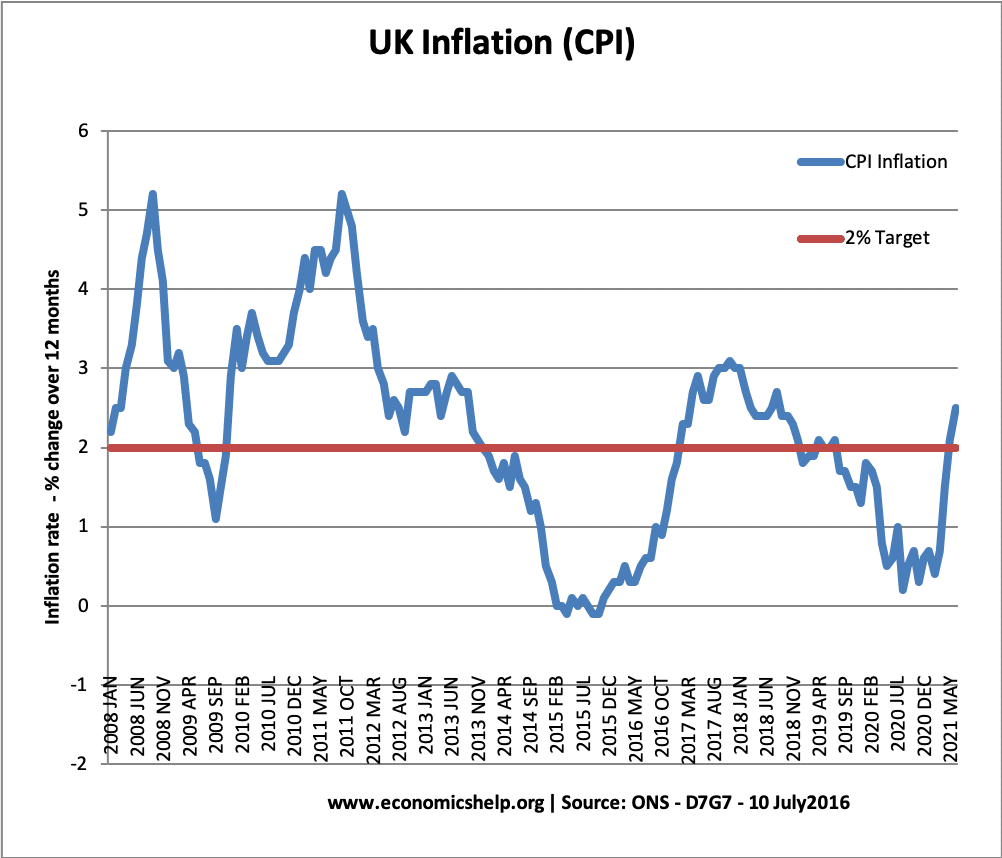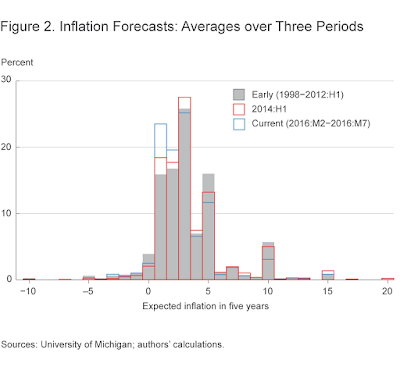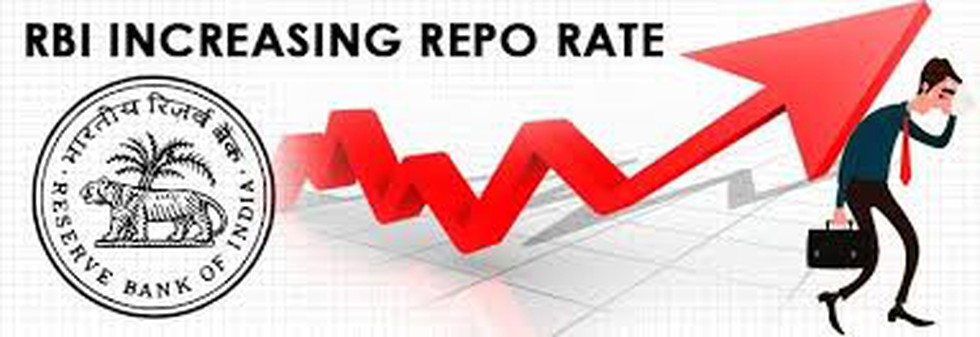

After sharp falls from their highs around the turn of the decade global prices for iron ore, metals and energy have stabilised as greater balance has started to return to commodity markets and the $US has stopped surging higher.
Third, the worst of the slump in commodity prices and mining investment looks to be behind us. Source: ABS, CoreLogic, AMP CapitalThe bottom line is that the recession many said was inevitable as a result of the mining bust hasn’t happened. State of the states, annual % change the latest Source: ABS, AMP CapitalAs a result of all this, post mining boom weakness in WA & NT is being offset by strength in NSW and Victoria as the much talked about two speed economy has just reversed. The lower $A is helping – surging service exports The slump in mining investment and national income due to the collapse in our export prices has been offset by a surge in housing construction, solid consumer spending, a pick-up in services exports and a surge in resource export volumes. Of course I could add that the economy hasn’t had a recession in over 25 years, but that one gets a bit overdone and owes a little bit to luck with statistics! Latest annual GDP growth rates are 1.2% in the US, 1.6% in the Eurozone and 0.6% in Japan. It’s also way above most other advanced countries. This is in line with Australia’s long term average. First, economic growth is pretty good with the economy expanding 3.1% over the year to the March quarter and looking similar for the June quarter. There are in fact several reasons for optimism on Australia. Of course there is always something to worry about, but the endless whinging we hear in Australia leaves the impression we are in a constant state of crisis & distracts from the good news. And we seem to be in perpetual political grid lock with a difficult Senate and no political ability to control the budget and undertake hard economic reforms.īut these worries are well known and have been done to death. Wage growth and inflation are arguably too low for comfort. Profits of listed companies fell around 7% over the last financial year. Given this the $A is arguably still too high. The biggest boom in our history has ended, hitting investment and national income. 

Housing is too expensive, the Sydney and Melbourne property markets are too hot, we are likely to see an oversupply of apartments and household debt levels are very high.

Unemployment at 5.7% and labour underutilisation at over 14% are too high. To be sure Australia does have its problems. This note looks at seven reasons for optimism on Australia. This sense of gloom makes me wonder whether it could be harming us – by dulling innovation, investment and a “can do” spirit. There is constant talk of recession whether we don’t do something (like control the budget) or even if we do nothing (with reports titled “Australian Recession 2016 – Why it’s unavoidable and the quickest way to protect your wealth”). IntroductionĮver since the mining boom ended several years ago it seems a sense of gloom has pervaded debate regarding Australia. – These are all reasons to be reasonably optimistic about the Australian economy and Australian assets. – But economic growth is pretty good, the economy has rebalanced without the (“inevitable”) recession, the worst of the mining bust looks to be behind us, public infrastructure spending is ramping up, consumer and business confidence are around long term averages, share market profits have likely bottomed and Australia stacks up well on social considerations. – The mostly gloomy debate around the Australian economy often gives the impression we are in a constant state of crisis. We all love to be optimistic about our economy so here are 7 Reasons for Optimism on the Australian Economy Key points








 0 kommentar(er)
0 kommentar(er)
